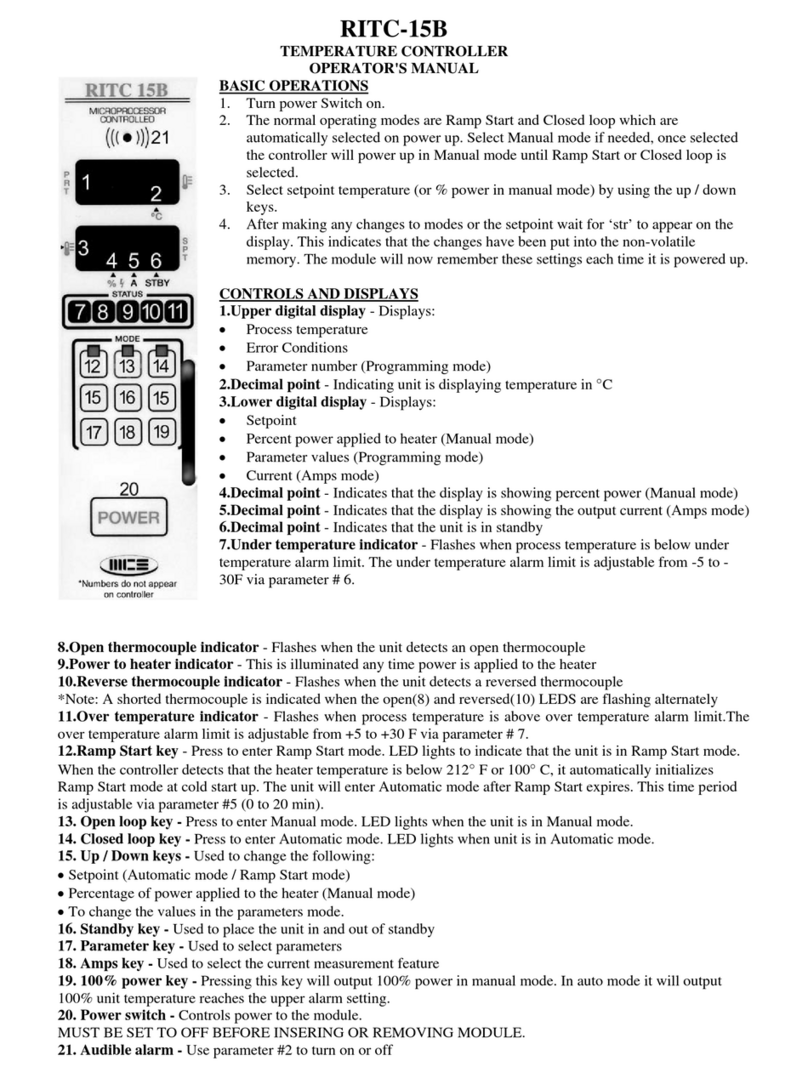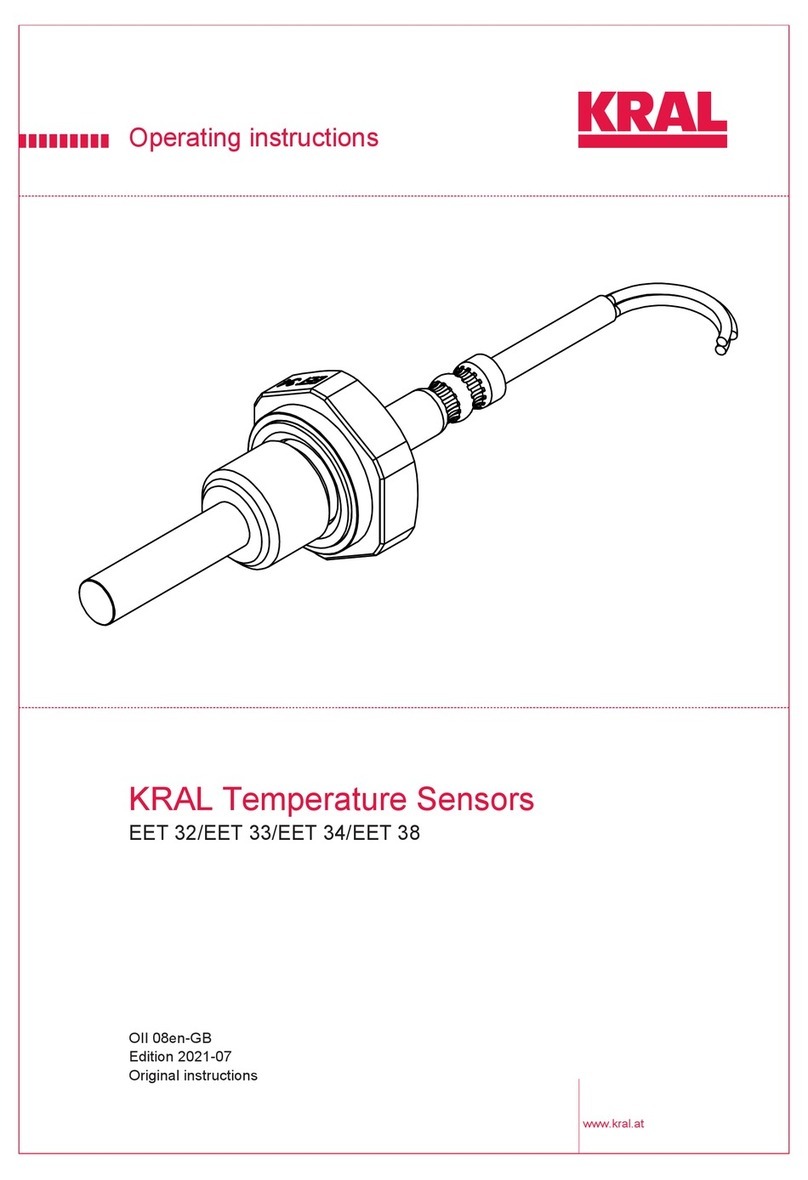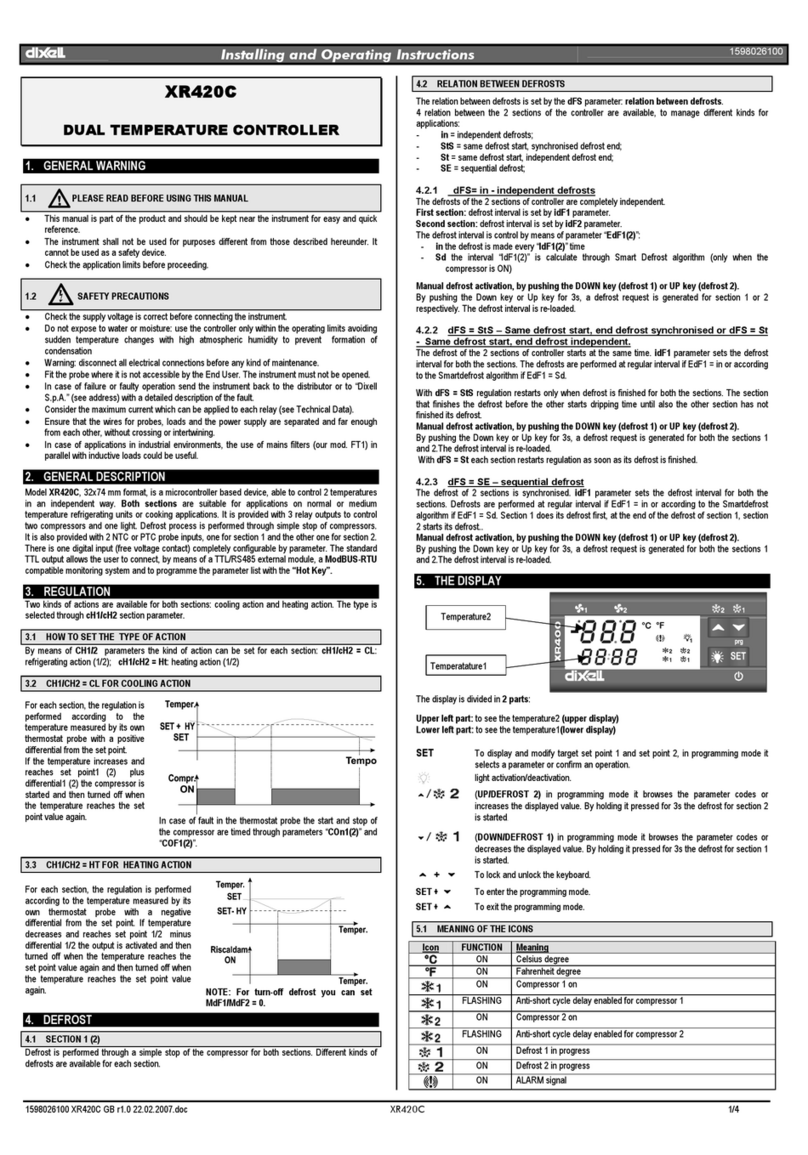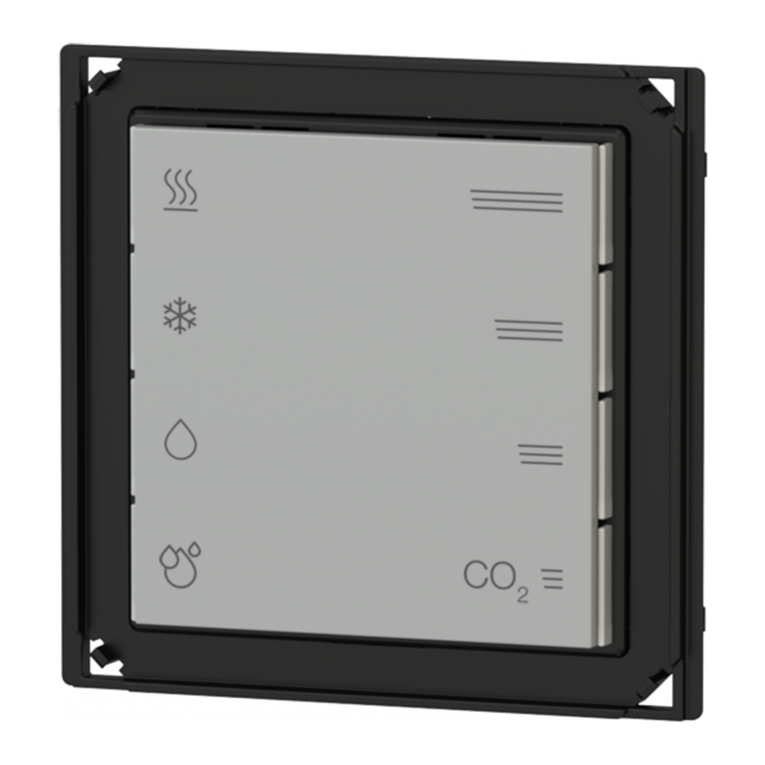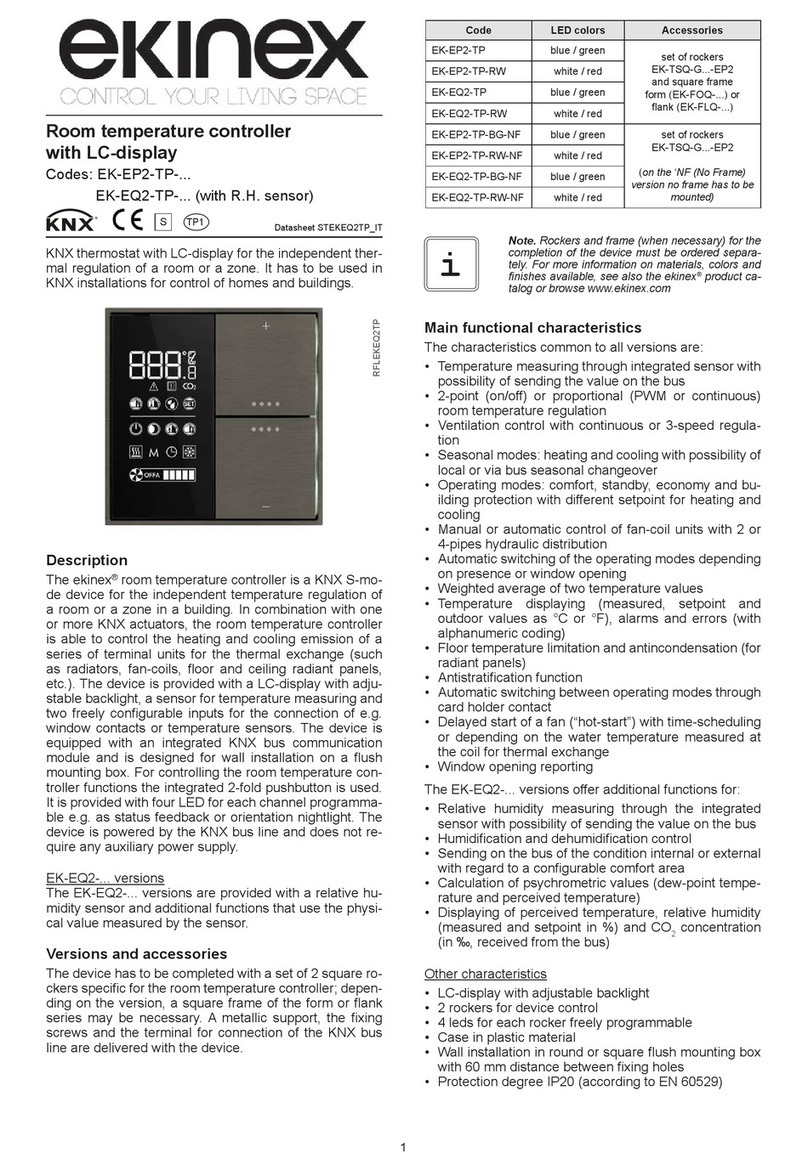
Application manual
KNX room temperature controller EK-EQ2-TP
Release 3.00 - Updating: 27/06/2017 Application Manual
© SBS S.p.A. - All rights reserved Page 2
Index
Foreword.............................................................................................................................................................6
1General information .......................................................................................................................................6
1.1 Function .................................................................................................................................................6
1.2 Main funcional features..........................................................................................................................6
1.3 Technical data ........................................................................................................................................7
1.4 Design ....................................................................................................................................................7
1.5 Delivery ..................................................................................................................................................8
1.6 Accessories............................................................................................................................................8
1.7 Marks and certification ...........................................................................................................................8
2Installation......................................................................................................................................................9
2.1 Connection.............................................................................................................................................9
2.1.1 Connection of the bus line..............................................................................................................9
2.1.2 Connection of the inputs ................................................................................................................9
3Configuration and commissioning ...............................................................................................................11
3.1 Configuration........................................................................................................................................11
3.1.1 Tree structure of the application program ....................................................................................11
3.1.2 Languages of the application program.........................................................................................12
3.2 Commissioning ....................................................................................................................................13
3.2.1 Displaying physical address and firmware release ......................................................................13
4User interface ..............................................................................................................................................15
4.1 LCD-display .........................................................................................................................................15
4.1.1 Information displaying ..................................................................................................................15
4.1.2 Segment test ................................................................................................................................16
4.1.3 Backlight.......................................................................................................................................17
4.2 Rockers................................................................................................................................................17
5Sensors........................................................................................................................................................18
5.1 Temperature sensor .............................................................................................................................18
5.2 Relative humidity sensor......................................................................................................................18
6Input variables .............................................................................................................................................19
7Application program for ETS .......................................................................................................................20
7.1 About EK-EQ2-TP................................................................................................................................20
7.1.1 General.........................................................................................................................................21
7.1.2 Parameters...................................................................................................................................21
7.2 Internal sensors ...................................................................................................................................23
7.2.1 Parameters...................................................................................................................................23
7.2.2 Temperature sensor .....................................................................................................................23
7.2.2.1 Parameters and communication objects................................................................... 23
7.2.3 Relative humidity sensor ..............................................................................................................25
7.2.3.1 Parameters and communication objects................................................................... 25
7.3 Inputs ...................................................................................................................................................27



